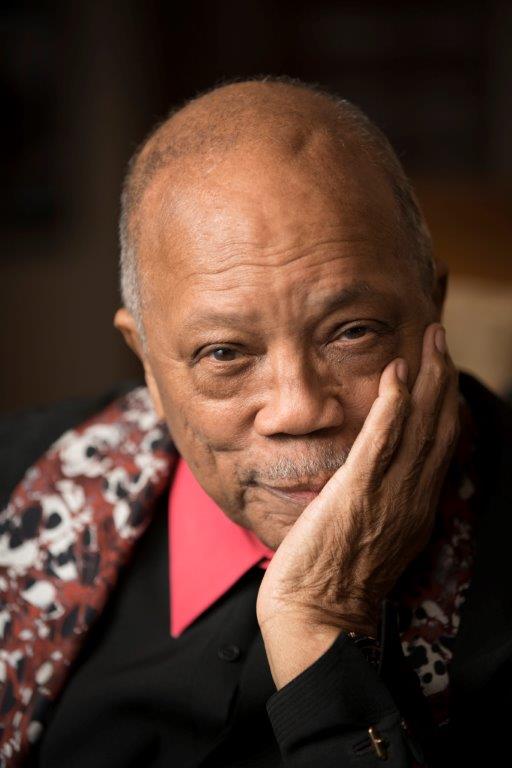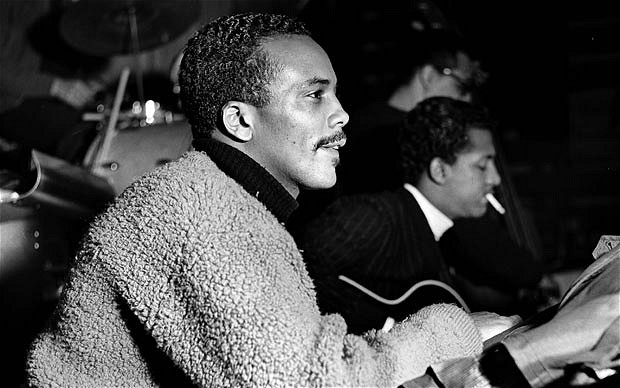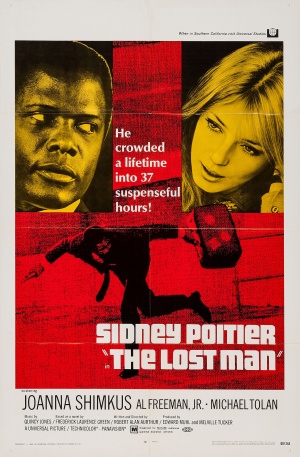In celebration of its ongoing exhibition Soul of a Nation: Art in the Age of Black Power, 1963–1983, The Broad presents an evening of music, art, and conversation.


Quincy Jones has invited a number of musicians to perform—including Terrace Martin, Cory Henry, Arin Ray, Eryn Allen Kane, and Alex Isley—and Endeavor’s Boz Saint John will preside as MC.
The evening will begin with an introduction by Jones, and the presentation of a special video showcasing Jones’ barrier-breaking, game-changing work in the music, film, and television industries, and his insistence that our histories and accomplishments never be forgotten.
During the event, attendees are welcome to visit the exhibition as well as the museum’s third floor galleries.


A SPECIAL MUSICAL PERFORMANCE CURATED BY QUINCY JONES
Saturday, June 1, from 8:30 pm to 11 pm.
The Broad
221 South Grand Avenue, downtown Los Angeles.

From top: Quincy Jones, photograph by Adam Hart; Eryn Allen Kane, photograph by Erica Hernandez; Cory Henry; Alex Isley, photograph by Richard Stevenson, Jr.; Arin Ray, and Terrace Martin, photographs by Samantha J.(2); Boz Saint John. Images courtesy and © the musicians, MC, and photographers.











